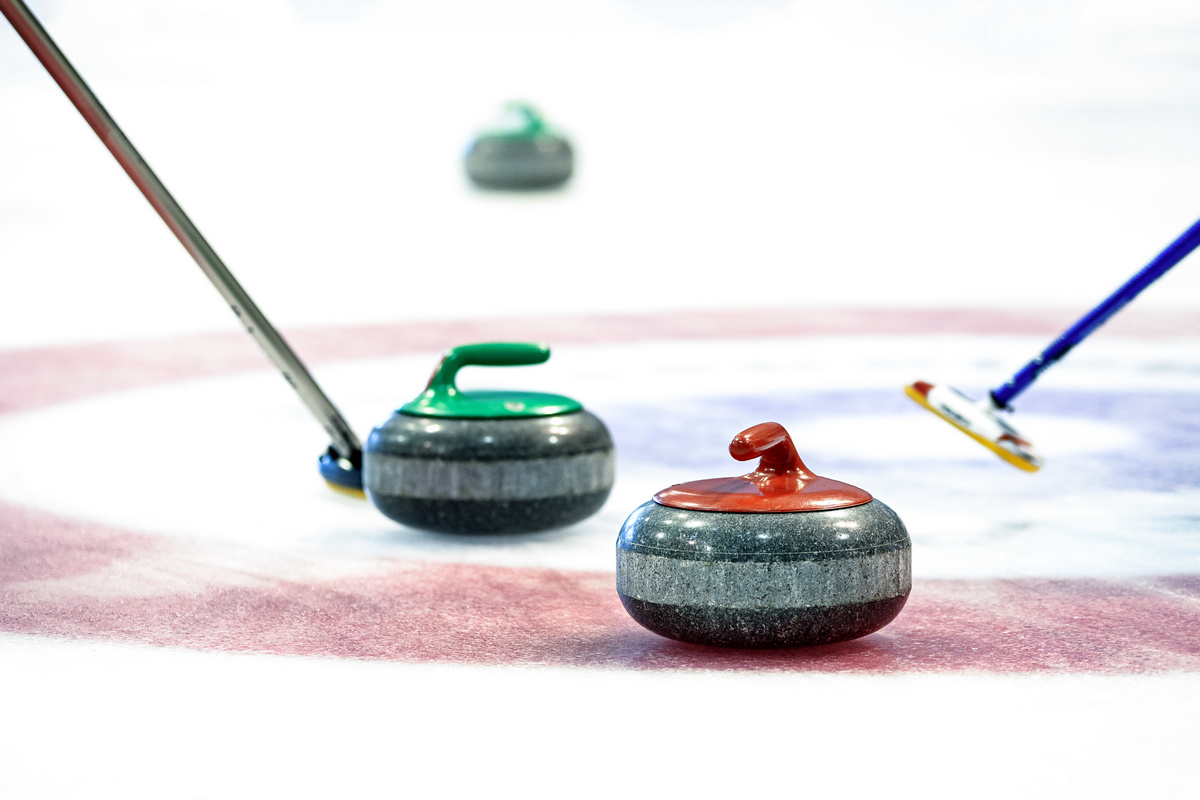Curling championships serve as the pinnacle of competition for athletes in the sport. These events gather the best players from around the globe. This article unravels behind-the-scenes at curling championships, delves into their history, and outlines the different types of available championships.
History and evolution
The first curling championships can trace their origins to the late 19th century. At that time, the sport had already secured a robust following, particularly in Canada and Scotland. Championships were a way to formalize competition and attract a broader audience.
Fast forward to today, and curling championships have grown into international events. These competitions feature multiple rounds and attract a global audience. Innovations in broadcasting have made it easier than ever to follow the action, even if you cannot attend in person.
Types of championships
Several kinds of curling championships cater to different age groups and skill levels. The most prestigious is the World Curling Championship. It brings together the top teams worldwide to compete for the ultimate honour in the sport.
But the landscape of curling championships extends beyond just the World Championship. Here is a list of different types of curling championships to consider:
-
World curling championship: The pinnacle of international competition.
-
National championships: Where domestic teams compete to represent their country.
-
Junior championships: Designed for curlers under the age of 21.
-
Mixed doubles championships: A variation that includes teams of one male and one female curler.
-
Senior championships: For curlers over 50 who still want to compete at a high level.
-
University championships: Targeted at college and university students passionate about curling.
National championships offer domestic teams a chance to show their skills and earn a spot in international events. Then, there are the junior championships, designed for curlers under 21, to nurture emerging talent.
Qualification and selection
Qualifying for a curling championship often involves a series of national competitions. Teams accumulate points based on their performance in these events. The teams with the most points can represent their country in international championships.
Some championships also have wildcard entries. These spots allow teams to refrain from qualifying through the regular process and give them another chance to compete. Wildcard selections usually consider factors like past performance in championships and current skill level.
Conclusion
Curling championships offer a platform for the best in the sport to display their skill, determination, and tactical understanding. Whether it is the rigorous qualification process, the various types of competitions, or the rich history behind these events, curling championships captivate fans and players alike.
So what are you waiting for? Dive deeper into the types of competitions, attend a local event, or even try out for a team. Take your passion for curling to the next level today!
